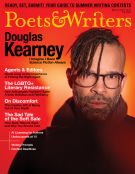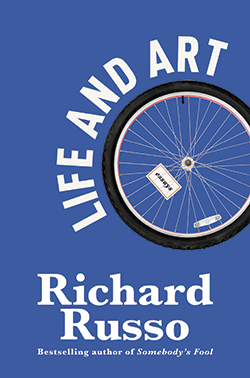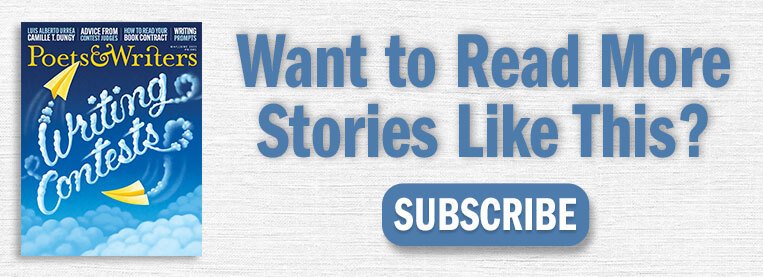Poetry: Lulled in Flowers
From the wildflowers of William Shakespeare’s A Midsummer Night’s Dream to the white lilies of Frances Hodgson Burnett’s The Secret Garden to Chimamanda Ngozi Adichie’s Purple Hibiscus, flowers have played a significant role in literature and are symbolic in many cultures. Floriography is known as the “language of flowers” and is a means of expressing emotion through the use of flowers—a method of discreet communication that has existed for millennia and saw heightened popularity during the Victorian era. Whether depicted in a painting, presented as a gift, used as commemorative decor, or worn as an accessory, a flower can symbolize gratitude, love, remembrance, trust, good health, or even danger. Spend some time looking into the language of flowers and write a poem that deploys floriography in some way, perhaps to express something you’ve kept secret until now.
Fiction: Parental Relations
In the opening pages of We, the Casertas—a Gothic novel by the Argentine author Aurora Venturini first published in 1992 and translated from the Spanish by Kit Maude in a new edition forthcoming in May from Soft Skull Press—the main character declares with a youthful, fearsome confidence her damaged relationship with a cruel, rage-filled mother who misunderstands and mistreats her. With the use of this limited first-person point of view, Venturini sets up a complex, intensely subjective protagonist who is suffering yet defiant. “My mother knew that she could never tame me,” she writes. Write a scene in which a young person expresses their thoughts about a parental figure. How would things appear differently if written from the point of view of a young person, a parent, a complete stranger, or an elderly person looking back on a distant memory? Write one or multiple scenes to complete a short story.
Nonfiction: Last Dreams
In the introduction to his translation of Egyptian author Naguib Mahfouz’s I Found Myself…the Last Dreams, forthcoming in June from New Directions, Hisham Matar writes: “It is clear that Mahfouz, the professed realist, admired dreams, coveted their agile and wandering narratives, their convincing and often unsettling psychological and emotional power, and, perhaps most of all, their economy: how, in an instant, a world is evoked that is—no matter how unlikely or strange—convincingly compelling.” Matar goes on to describe the book’s short vignettes in which Mahfouz recorded his dreams in the last decade of his life. “Almost each starts with ‘I saw myself’ or ‘I found myself.’ And isn’t that the case, that we find or see ourselves in dreams…?” Try your hand at recording your own dreams for a stretch of time, perhaps beginning each entry with “I found myself…” Experiment with arranging them in an order that makes sense to you, through any type of thematic, narrative, or dream logic.
Suggested Reading:
Life and Art (Knopf, May 2025) by Richard Russo.
The best-selling author of nine novels, including the 2002 Pulitzer Prize–winning Empire Falls, collects a dozen new essays exploring how life and art inform each other and how the stories we hold dear shape both our understanding of ourselves and the world around us. In the first half of the collection, simply titled “Life,” Russo offers intimate reflections on family and love, including “Triage,” in which he describes the terror of seeing his seven-year-old grandson in critical condition with a collapsed lung. The essays in the second section, “Art,” deal more directly with the writer’s craft, as in “The Lives of Others,” in which Russo tackles the thorny issue of appropriation, and “Words and Their Arrangement,” in which he asserts that “while it’s possible to be careless with language and be a successful writer, it’s not possible to be a great one, for the simple reason that words matter.”
Thumbnail credit: Mak








